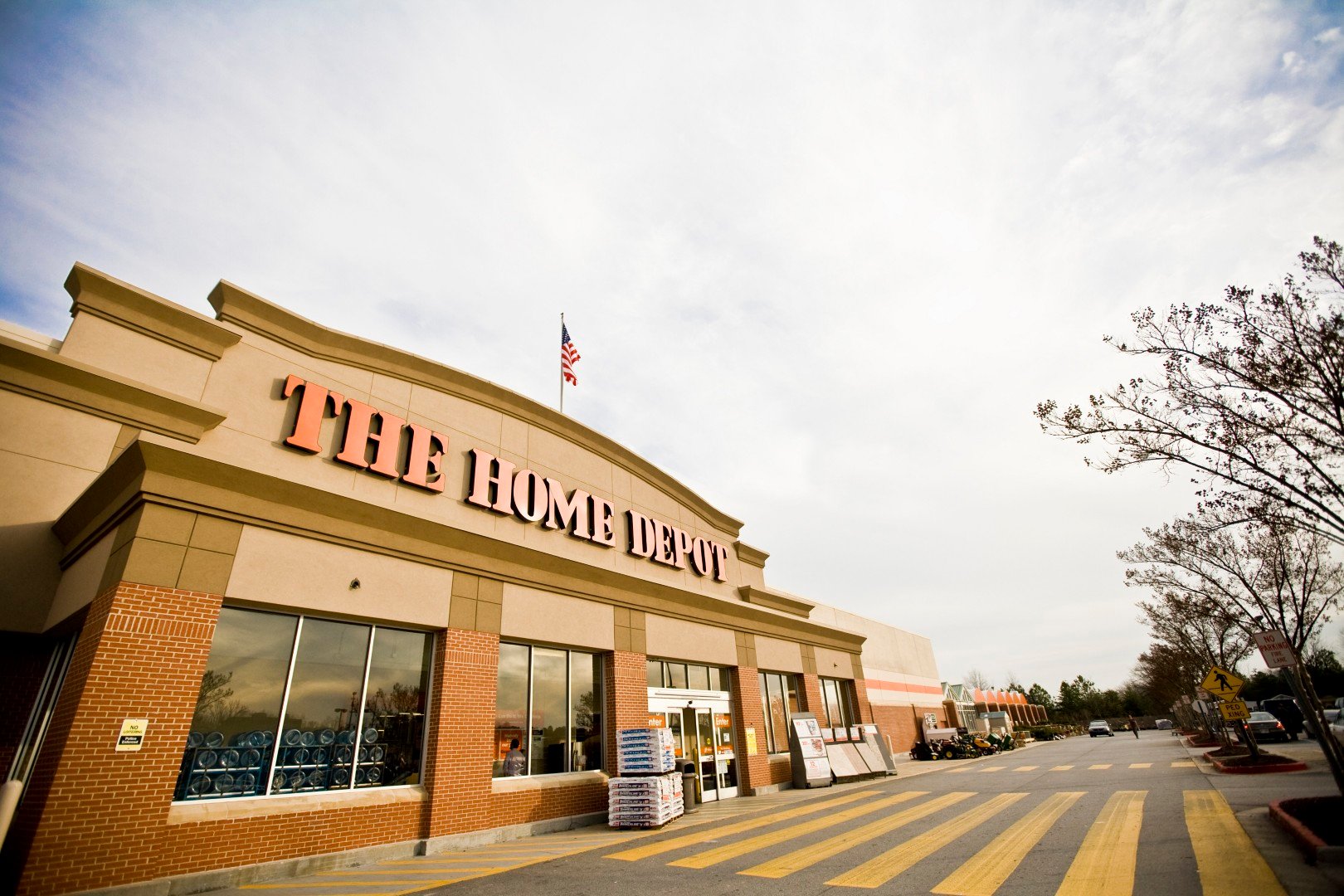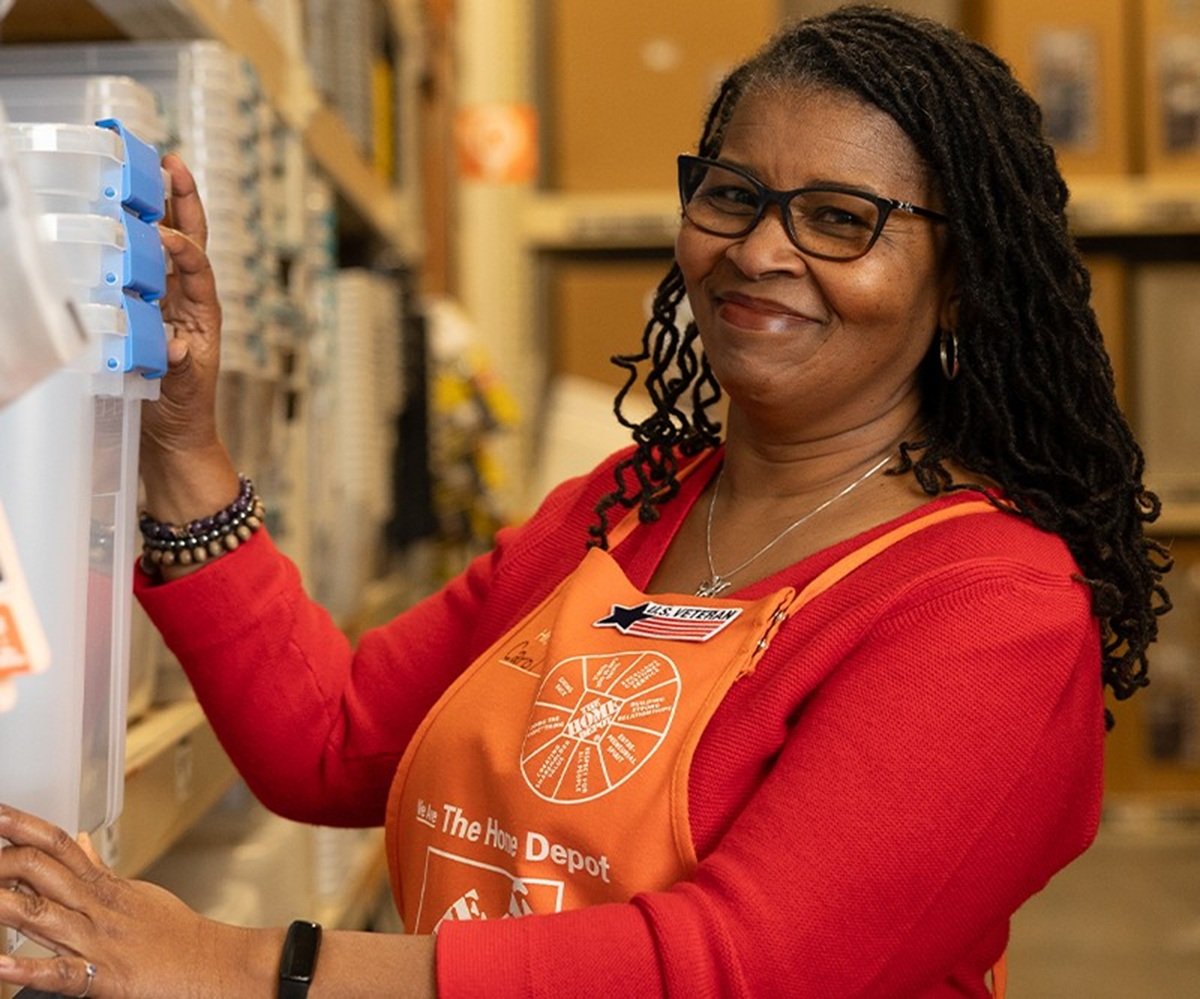With $163 billion in trailing-12-month sales, Home Depot (HD +0.53%) is not only the clear leader in the home improvement industry, but it's undoubtedly one of the biggest retailers in the world. Shares have performed well in the past decade, producing a total return of 319%.
But as of this writing, they trade 15% below their peak price. This might prompt you to take a closer look at the company. Here are three facts you should know about Home Depot before buying this top retail stock.

Image source: Getty Images.
1. It's serving an important customer group
Home Depot sells building materials, outdoor equipment, and paint, among many other items, to do-it-yourself (DIY) customers. But the business also targets professionals, including contractors, plumbers, and electricians. It's this latter group that represents about half of the company's total revenue base. That share is substantially higher than what rival Lowe's sees, which is about a 25% share from pros.
This has some implications for Home Depot's business. First, pros generally spend much more money and visit stores more frequently than DIY customers. This makes sense, given that DIYers are probably only tackling one project, while a pro could be working on multiple job sites.
For Home Depot, this results in better financial metrics. Home Depot's return on invested capital and operating margin have both generally been better than Lowe's. There are other factors involved, but Home Depot's stronger foothold with professionals deserves some credit here.
In the latest fiscal quarter (Q1 2025, ended May 4), executive vice president of merchandising Billy Bastek said on the earnings call, "Pro comp sales were positive and outpaced the DIY customer."
2. Favorable industry tailwinds
In fiscal 2020 and 2021, Home Depot's sales surged 19.9% and 14.4%, respectively. These above-average rates of growth were boosted by heightened demand from households to take on home upgrades during the depths of the pandemic.
Since then, there's been a normalization of these trends. Home Depot reported same-store sales declines of 3.2% in fiscal 2023, 1.8% in fiscal 2024, and 0.3% in Q1 2025. Clearly, tighter macro conditions have presented a major headwind.
Consumers don't like uncertainty, but investors should have a positive outlook over the long term since Home Depot has favorable tailwinds.
First is the aging housing stock. CEO Ted Decker pointed out on the latest earnings call that 55% of homes in the U.S. are at least 40 years old. Older houses require more upkeep.
In the past five years, the median sale price of a home in the U.S. has gone up by about 50%. Consequently, trillions of dollars of untapped equity can be accessed to spend on home renovations, as improved economic conditions give consumers more confidence.

NYSE: HD
Key Data Points
3. Consider the stock's valuation
Home Depot's growth has hit the brakes due to the macro environment. However, the valuation tells us a different story, one that shows a company doing well. As of this writing, the stock trades at a price-to-earnings ratio of 24.9, above the trailing five- and 10-year averages. It's clear that shares are expensive on a historical basis.
The positive spin is that Home Depot is the industry leader, and that once economic conditions improve, it should get back to registering steady revenue and earnings growth. On the other hand, I think the stock is overvalued based on the latest financial trends.





